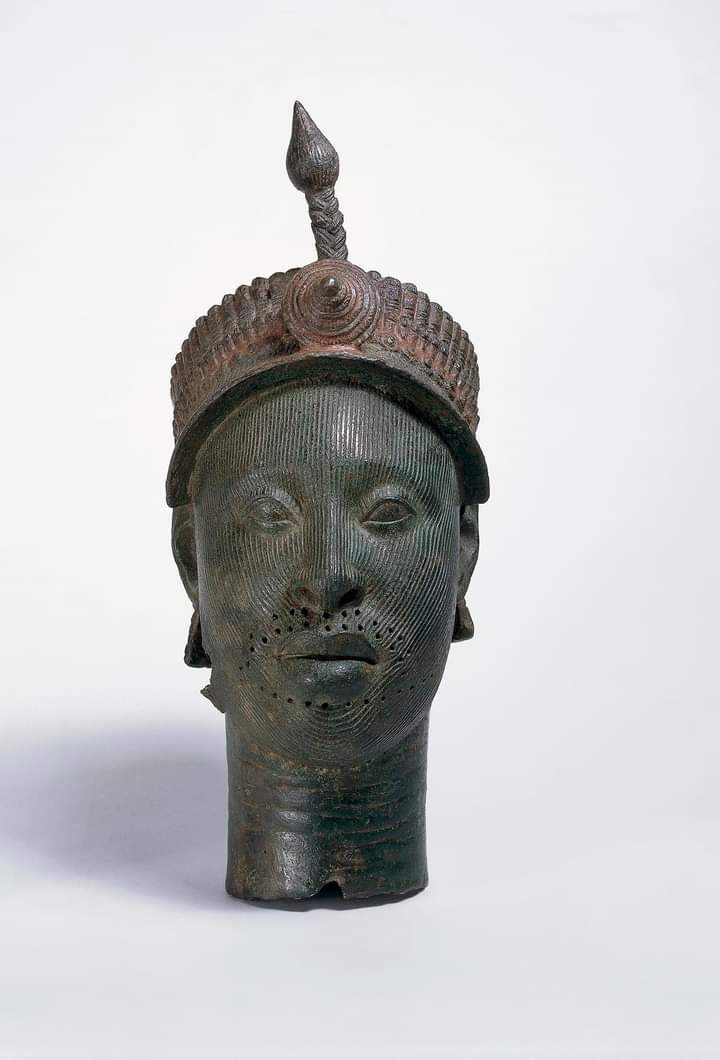The Battle of Ogele (1825): A Turning Point in the Yoruba Wars.
The Battle of Ogele (1825): A Turning Point in the Yoruba Wars.
In the early 19th century, the once-mighty Oyo Empire was reeling from internal strife and external threats. The ancient city of Ilorin, originally under Oyo’s dominion, had broken away following the betrayal of Afonja, the Are-Ona-Kakanfo (military commander), who had allied with Shehu Alimi, a Fulani Islamic cleric. Afonja’s assassination soon after gave rise to a Fulani-dominated emirate in Ilorin, tied to the growing power of the Sokoto Caliphate.
Faced with the growing threat from this breakaway emirate, the Oyo leadership, now under Alaafin Majotu, sought to reclaim lost territories and restore their influence. This led to the mobilization of a coalition army comprising Oyo loyalists and Nupe allies, under the command of Baale Toyeje of Ogbomosho, who had been appointed the new Are-Ona-Kakanfo.
The Clash at Ogele
In 1825, this alliance marched toward Ilorin, halting at Ogele, a strategic location near the conflict zone. Their aim was to confront the Fulani-led Ilorin forces and reclaim the city. Initial skirmishes suggested the Yoruba coalition might have the upper hand, as they managed to push the Ilorin army back temporarily.
However, the tide turned swiftly. The Ilorin forces, reinforced by elite Fulani cavalry and supported by Yoruba-Muslim allies like Chief Solagberu of Oke Suna, launched a devastating counter-attack. The cavalry charge shattered the Yoruba lines. During the chaos, the Nupe commander, Sero Kpera, was killed, and the loss severely demoralized the coalition.
What began as a campaign of redemption quickly turned into a rout.
The Aftermath
The defeat at Ogele had far-reaching consequences:
Collapse of Authority: The loss further weakened the central authority of the Oyo Empire. Provincial leaders began to act independently, and the empire’s unity fractured beyond repair.
Humanitarian Crisis: As the Ilorin army swept through nearby Yoruba towns, they looted and razed communities. This led to a massive displacement of civilians who fled southward into unfamiliar and sometimes hostile territories. It marked one of the earliest major refugee crises in Yoruba history.
Ilorin’s Growing Power: The victory cemented Ilorin’s place as a regional power. Backed by Sokoto, it would continue to challenge and conquer territories in Yorubaland for decades.
Continued Conflicts: The loss at Ogele was only the beginning. Other battles followed, including the Mugbamugba War and the Battle of Osogbo, as the Yoruba states sought to contain the Fulani expansion. However, coordination issues and internal disunity continued to hamper their efforts.
Divided from Within
One of the most tragic elements of the Battle of Ogele was the internal disunity among the Yoruba themselves. Despite having a shared enemy, factional rivalries, distrust, and the absence of a central coordinating force made unified resistance nearly impossible. The Fulani forces, more disciplined and united under religious and political leadership, exploited this division to their advantage.
A Pivotal Lesson
The Battle of Ogele symbolizes more than a lost battle. It was a mirror held up to a fractured empire, a warning about the cost of betrayal, disunity, and weakened central power. It was a moment when Yoruba history could have taken a different turn—but didn’t.
And as with many stories passed down across generations, different versions live on depending on who tells it.
What’s your own side of the story?



